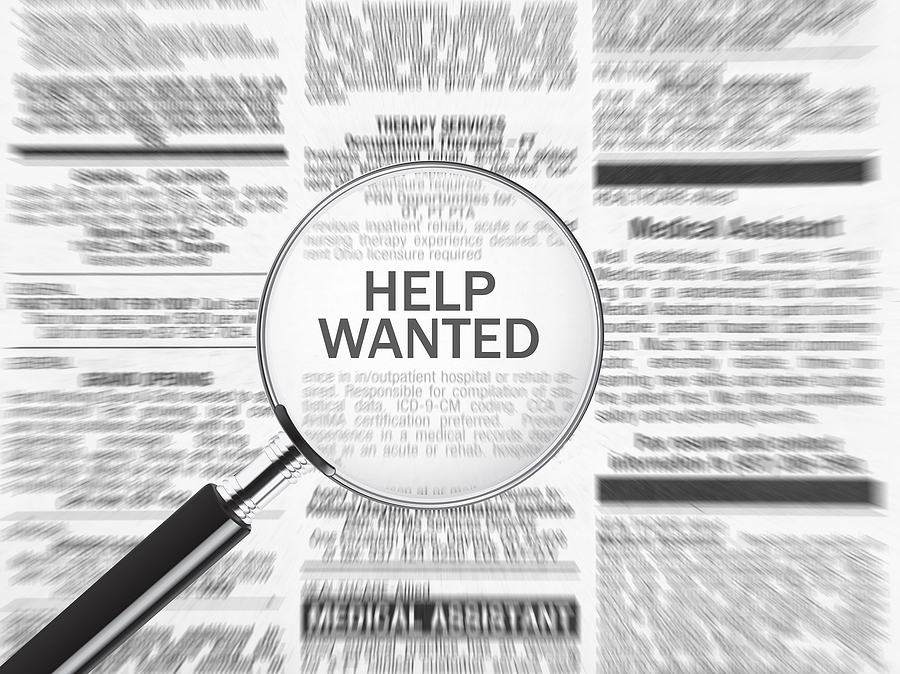Washington is in the process of spending more than $6 trillion to rescue an economy that doesn’t need rescuing. A look at U.S. economic data — or the “Help Wanted” signs across the Delaware Valley — shows just how insane this spending plan is.
The $1.9 trillion American Rescue Plan, passed in March, was marketed primarily as economic stimulus. The Washington Post dubbed it “among the largest economic stimulus packages in U.S. history.”
The White House touts the American Jobs Plan, which it says will cost $2.3 trillion, as necessary to “reimagine and rebuild a new economy.”
The White House says the American Families Plan, with a touted price tag of $1.8 trillion, is needed to “build a stronger economy….”
No one in the White House, or congressional leadership, seems to have noticed that the economy is growing faster than a politician can run to a TV camera.
“This economy isn’t coming back. It is back,” Tom Gimbel, founder and CEO of LaSalle Network, a Chicago-based recruitment firm, told CNBC in April. “I tell you this is the most optimistic job market I’ve ever seen. The only thing that causes it not to be great is COVID.”
Rather than a shortage of jobs, the United States has millions of unfilled openings.
The U.S. Bureau of Labor Statistics reported 7.3 million job openings in February. Openings for February 2020 were 7 million.
The month before Congress passed President Joe Biden’s first proposed stimulus bill, the economy already had more job openings than before the pandemic hit.
The low point in new job postings was in May 2020. Since then, hiring has exploded to the point that April ended with almost 50 percent more new job listings than in February 2020, before the pandemic began, according to data compiled by Linkedin and reported by CNN Business.
U.S. GDP grew by a seasonally adjusted 6.4 percent in the first quarter of 2021. “That left the world’s largest economy within 1 percent of its peak, reached in late 2019 before the coronavirus pandemic hit,” The Wall Street Journal reported on April 30.
The economy was already recovered before Biden and the Democratic-controlled Congress passed the first of their three-part, $6 trillion economic rescue package.
The primary weakness in the economy is not hiring or investment, but labor market participation. Desperate to fill more than 7 million job openings, businesses are raising wages, holding job fairs, offering signing bonuses.
Restaurants in Florida are offering signing bonuses of up to $400 just to attract workers.
An upstate New York supermarket chain is offering signing bonuses of $2,000 for sanitation staff and $2,500 for drivers.
“We’re desperately trying to get people. It’s at the point where there are no applicants, which is unbelievable,” a Delaware County, Pa. home improvement store owner told The Philadelphia Inquirer. He’s offering $15 an hour plus benefits.
The demand for labor in Pennsylvania has shifted so much since the deep downturn of the lockdown the state House, Labor, and Industry Committee passed a bill bringing back the work search requirement for those collecting unemployment.
A May analysis by Bank of America calculated that 4.6 million Americans left the labor force because of the pandemic, but projected that only half will return by year’s end.
“The work search requirements are part of existing law,” said bill sponsor Rep. Jim Cox (Berks County). “The administration waived these requirements during the pandemic. We simply want them to be reinstated now that businesses are reopening and especially since many employers are reporting they are having trouble finding workers.”
Fear of catching COVID, and the ability to rely on extended federal Unemployment Insurance (UI) payments, were the top two reasons millions won’t return to work this year, according to the bank’s economists.
“Our estimates suggest that those who previously made less than $32,000 would be better off in the near term to collect UI benefits than work,” they reported.
The Biden administration asserts flooding the economy with federal taxpayer money will stimulate growth. But studies of Biden’s plans by the University of Pennsylvania’s Wharton School of Business concluded any short-term stimulus effects will wear off and then be outweighed by the negative effects of government spending fueled by higher debt and taxes.
The Penn Wharton Business Model (PWBM) analysis of the American Rescue Plan concluded that it would “add to the already large federal deficit, and decrease GDP by 0.2 percent in 2022 and 0.3 percent in 2040.”
The “relief package will do little for job growth because the economy is already operating at near full employment,” it noted.
The PWBM analysis of the American Jobs Plan concluded that its spending portion would “decrease GDP by 0.33 percent in 2050,” and the tax provisions would “discourage business investment and thus reduce GDP by 0.49 percent in 2050.”
It also pegged the price tag for the American Jobs Plan at $2.7 trillion, not the $2.3 trillion claimed by the Biden administration.
The PWBM analysis of the American Families Plan puts the cost at $2.5 trillion, $700 billion more than the White House claims, and concludes that it would “increase government debt by almost 5 percent and decrease GDP by 0.4 percent.”
In sum, Washington plans to spend more than the entire federal budget (which is roughly $6.5 trillion) to rescue an economy that is already recovered, with the ultimate effect that the “rescue” will shrink the economy in the long run.
In technical parlance, the word for this is “insane.”

